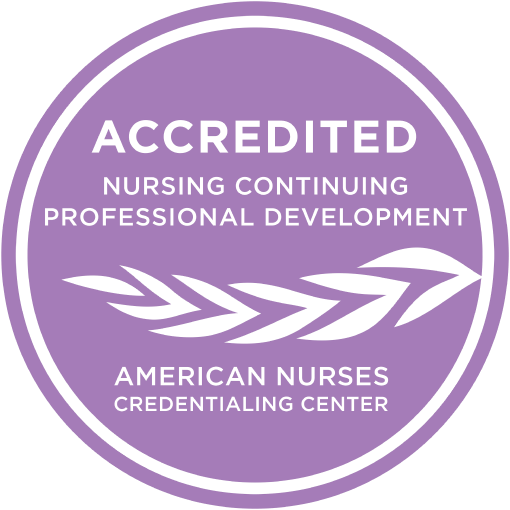West Nile Virus
Contact Hours: 2
Course Overview
This course comprehensively reviews West Nile Virus (WNV), a mosquito-borne zoonotic flavivirus responsible for various illnesses, from mild febrile symptoms to severe neuroinvasive diseases. Participants will explore the biology, pathophysiology, epidemiology, clinical presentations, and modes of transmission of WNV, with a focus on public health implications and preventive measures. The course emphasizes early diagnosis, supportive management, and the roles of healthcare professionals in controlling outbreaks. Learners will also examine the influence of environmental and behavioral factors, global trends in WNV spread, and the challenges posed by the absence of specific antiviral treatments and vaccines.
Course Outline
- Introduction
- Transmission of West Nile Virus (WNV)
- West Nile Virus (WNV) Life Cycle
- Dynamics of Transmission within the Mosquito Host
- Infection of Vertebrate Hosts
- Viral Replication and Release
- Amplification in Crocodilians
- Behavioral and Immune Considerations
- Epidemiology
- Clinical Presentation in Humans
- Clinical Presentation in Animals
- Case Study: West Nile Virus (WNV) Neuroinvasive Disease
- Factors Influencing Susceptibility to West Nile Virus
- Transmission and Outbreak Trends
- Pathophysiology
- Etiology
- History & Physical
- Epidemiology and Typical Course of Illness
- Laboratory Findings and Diagnosis
- Imaging Studies
- Differential Diagnosis
- Clinical Examination
- Laboratory-Based Diagnostics
- Treatment
- Persistence of WNV Infection
- Immunity and Reinfection
- Coinfections with Other Pathogens
- Vector and Host Interactions
- Public Health Implications
- Conclusion
Course Outcomes
After completing this course, the learner will rate a 4 out of 5 on the Likert Scale for their ability to:
- Explain the biology, transmission cycle, and life cycle of West Nile Virus (WNV), including the roles of mosquito vectors and reservoir hosts.
- Identify the clinical manifestations of WNV infection in humans and animals, ranging from asymptomatic cases to severe neuroinvasive disease.
- Explore the epidemiology of WNV, including global trends, environmental influences, and the impact of climate change and globalization.
- Evaluate diagnostic methods, management strategies, and public health interventions for WNV, focusing on the interprofessional care approach.
- Discuss the challenges and implications of WNV persistence, immunity, coinfections, and the lack of specific antiviral treatments or vaccines.
Accreditations and Approvals

- American Nurses Credentialing Center (ANCC) (P0614)
- California Board of Registered Nursing (CEP 17418)
- Kentucky Board of Nursing (7-0090)
- Louisiana State Board of Nursing (58)
- Florida Board of Nursing (50-23983)
- Delaware Board of Nursing (DE-24-010127)
- Alabama Board of Nursing (#ABNP1577)
- Iowa Board of Nursing (#393)
- Kansas Board of Nursing (LT0340-0325)
Approved by the Board of Nursing in every state, you can complete your RN, LVN, and APRN CEUs with confidence.
Accreditation Statement
Nursing CE Central LLC is accredited as a provider of nursing continuing professional development by the American Nurses Credentialing Center's Commission on Accreditation.
It will take the average learner 120 minutes to complete and awards 2 contact hours of continuing education.
Written For
- Registered Nurses (RN)
- Advanced Practice Registered Nurses (APRN)
- Licensed Practical Nurses (LPN/LVN)
Requirements for Completion
- Enrollment in the course by the learner
- Read and learn all course materials
- Complete the course evaluation
- Attest and testify learning of the course materials
Disclosure of Relevant Financial Relationships
Nursing CE Central nor any of the authors, planners, content experts, or any contributors have any relevant financial relationships with ineligible companies to disclose.
